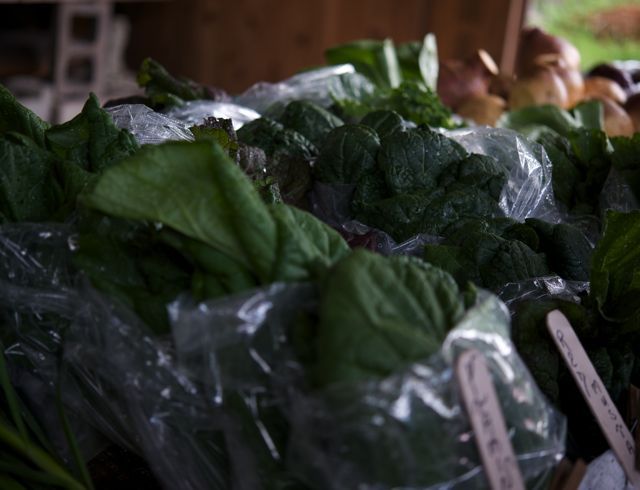Spinach plucked fresh from the garden is one of the great joys at this time of year. Thought to have originated in ancient Persia, Arab traders carried spinach into India, from where it was introduced to China. The earliest record of spinach is in Chinese from around 647 AD. When Catherine de’Medici, born in Florence, became queen of France, she insisted that spinach be served at every meal. That’s why, to this day, dishes made with spinach are known as "Florentine."Highly nutritious and full of antioxidants, spinach is a rich source of vitamin A, vitamin C, vitamin E, vitamin K, magnesium, manganese, folate, betaine, iron, vitamin B2, calcium, potassium, vitamin B6, folic acid, copper, protein, phosphorous, zinc, niacin, selenium and omega-3 fatty acids. No wonder it made Popeye so strong! Consider this: a 180 gram serving of boiled spinach contains 6.43 mg of iron, versus the 4.42 mg in a 170 gram ground beef patty. However, spinach contains oxalic acid, which binds with iron and prevents its absorption, so it is best eaten with foods high in vitamin C and calcium that help it be absorbed by the body. These include meat, fish, poultry, dairy, citrus, cantaloupe, strawberries, broccoli, brussels sprouts, tomato, potato, red peppers and white wine. The dark green, crinkly spinach is called Savoy; there is also a kind with flat, smoother leaves; and there is a hybrid type that is somewhere in between. To maximize its nutrients, spinach is best eaten when fresh, lightly steamed or blanched. But I also love it creamed (which means somewhat more cooked down) and raw in salads.
Read More...
Twitter @glutton4life







